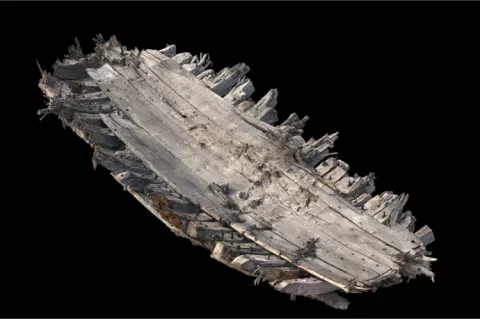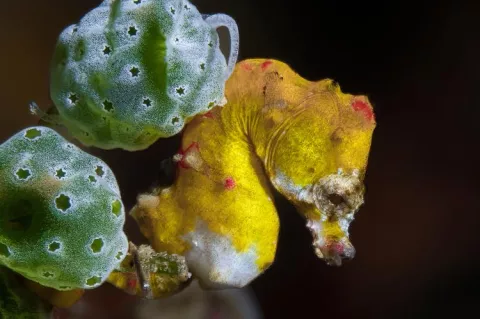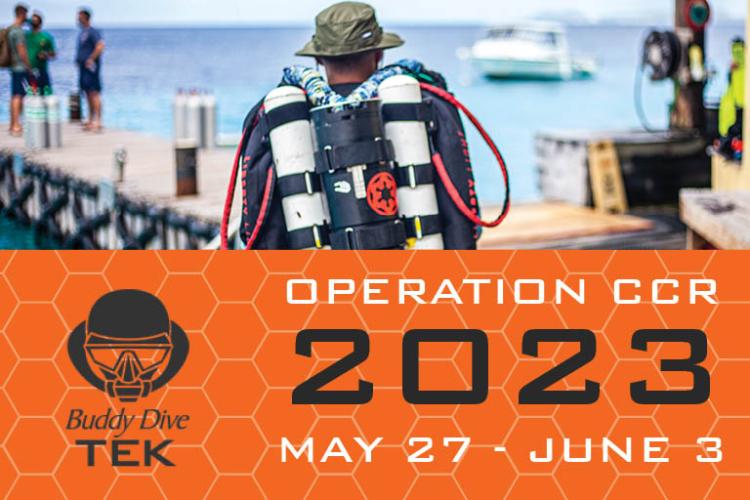Remains of a rare Elizabethan-era ship found in quarry
Workers at a quarry near Dungeness made the dramatic discovery of a rare Elizabethan-era shipwreck on the coast of Kent while dredging gravel for building materials out of a lake in April.
The location is now some 300 metres from the coast, but archaeologists believe that the site was once right on the coastline. The vessel could have been wrecked or abandoned on the former shoreline, and then gradually buried in sediment as time passed and the headland expanded.















